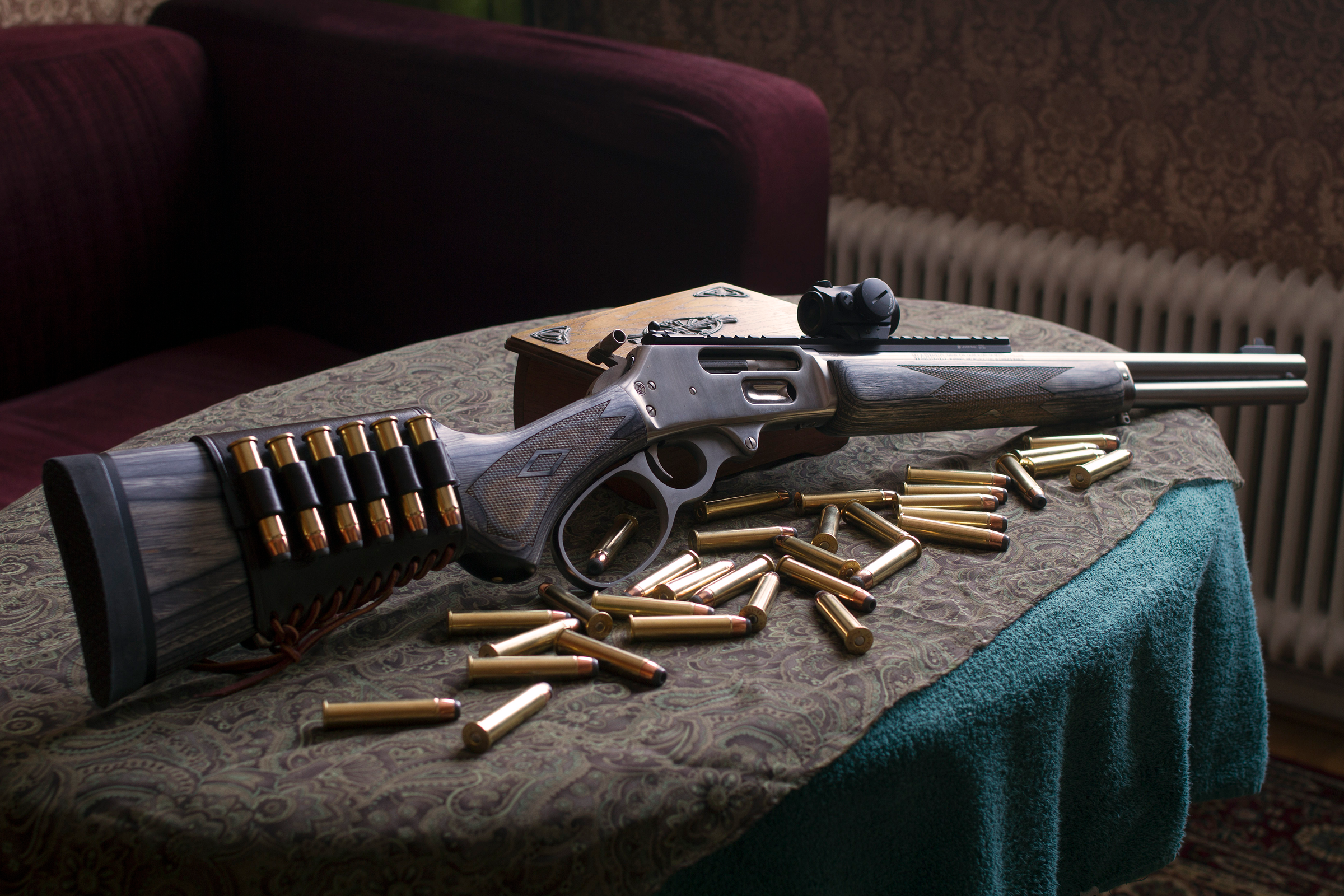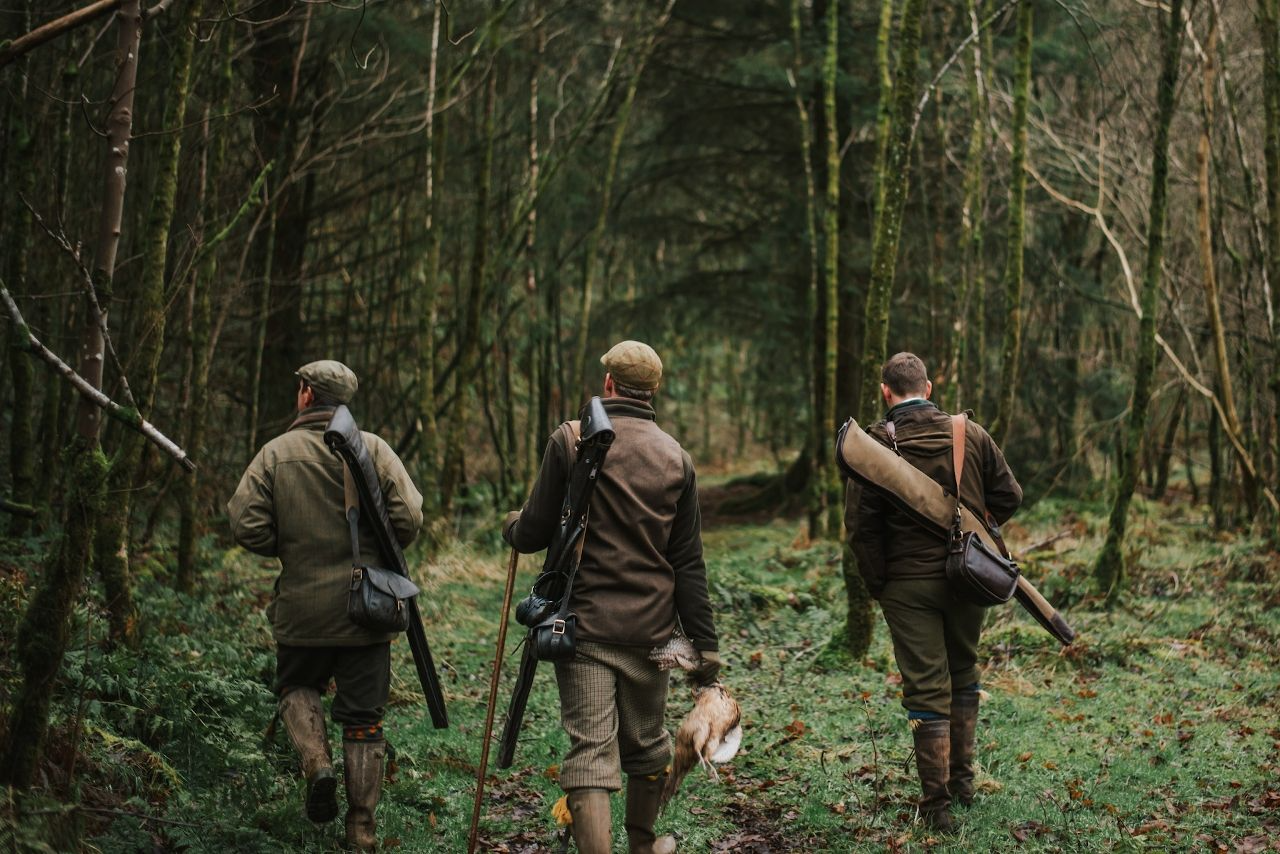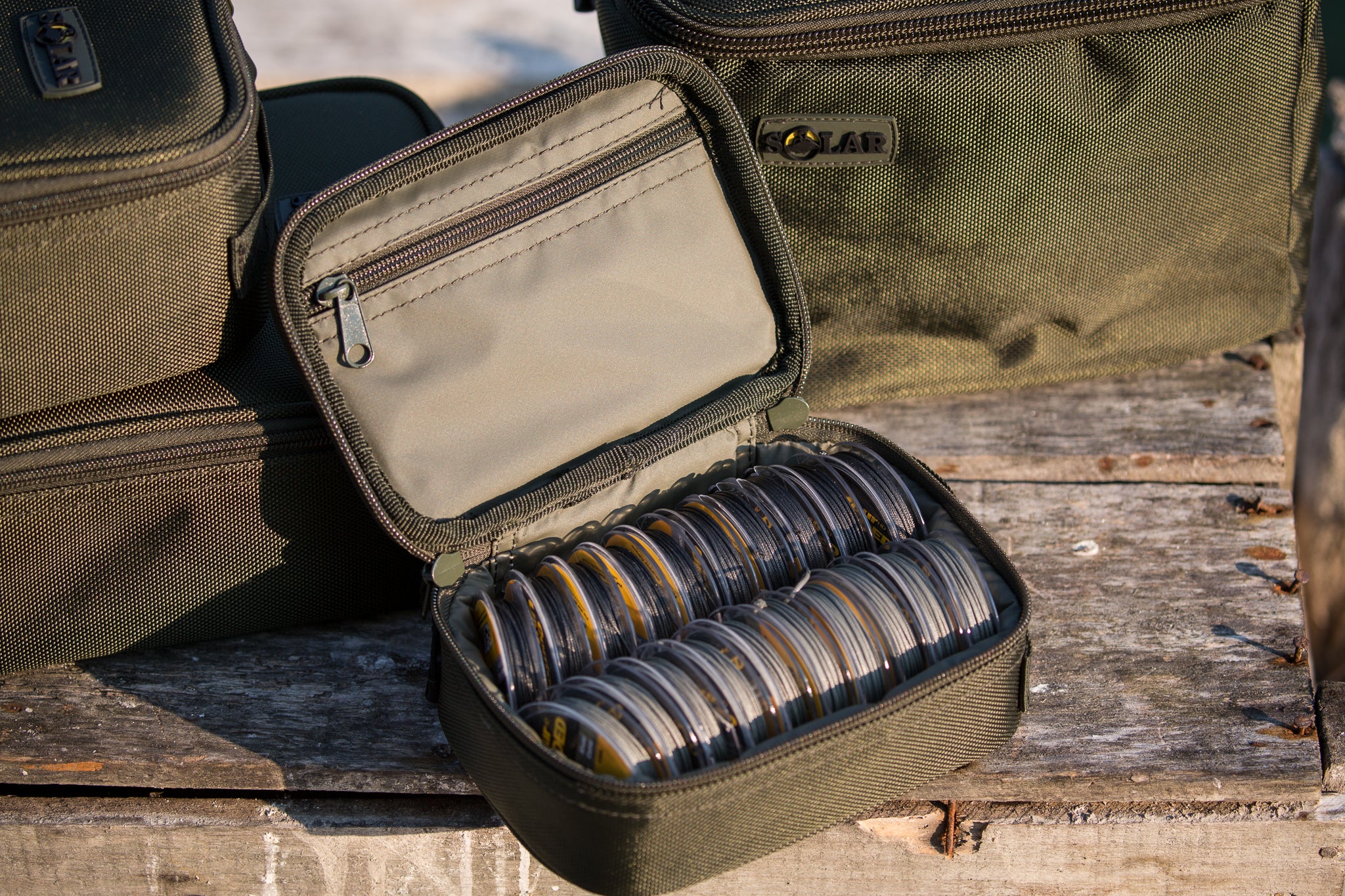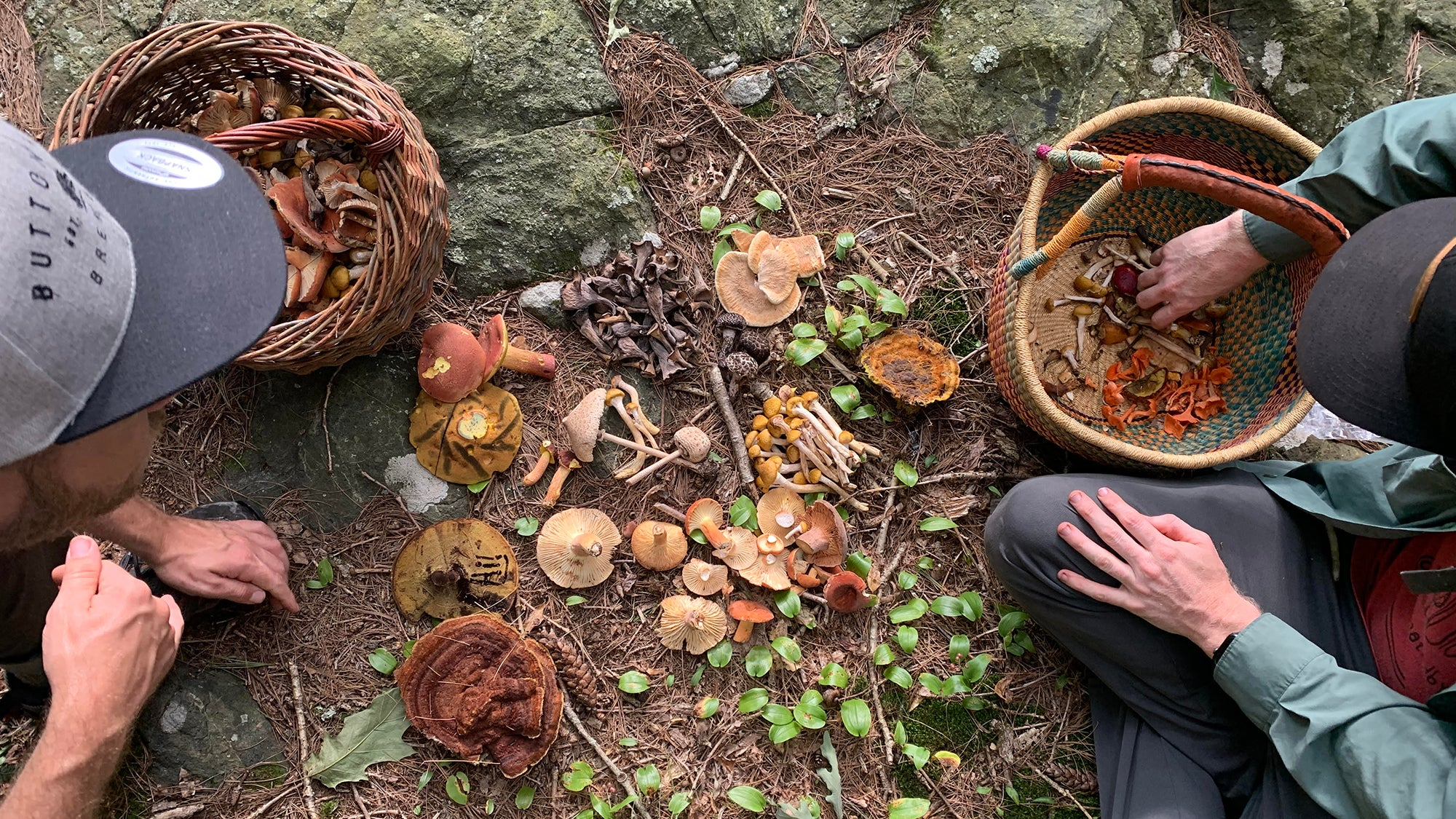Mushroom identification
Mushrooms are a fascinating group of organisms that have captivated the attention of humans for centuries. From their unique shapes and colors to their delicious flavors, mushrooms are a popular topic among nature enthusiasts, chefs, and scientists alike. However, identifying mushrooms can be a daunting task for those who are new to the hobby. In this article, we will explore the basics of mushroom identification, including the key features to look for and the tools that can aid in the process.
Mushroom identification
Start with the basics
The first step in identifying mushrooms is to understand their basic anatomy. Mushrooms consist of several parts, including the cap, stem, and gills or pores. The cap is the top of the mushroom, and can range in color and shape depending on the species. The stem supports the cap and can also vary in color and shape. Finally, the gills or pores are located underneath the cap and can provide important clues for identification.

Pay attention to color
One of the most important factors in identifying mushrooms is color. The color of the cap, stem, and gills can all provide important clues about the species of mushroom. For example, the Amanita muscaria mushroom has a bright red cap with white spots, while the chanterelle mushroom has a bright orange or yellow cap.
Look for distinctive features
In addition to color, there are several other distinctive features that can aid in mushroom identification. For example, some mushrooms have a distinctive odor, while others have a slimy or scaly texture. Some mushrooms have a ring or skirt around the stem, while others have a cup-shaped base.
Use a field guide
One of the best tools for identifying mushrooms is a field guide. Field guides are books that provide detailed descriptions and illustrations of different mushroom species. They often include information on the habitat, season, and distribution of each species, as well as tips for identifying similar-looking mushrooms.
Take a spore print
Another tool for identifying mushrooms is a spore print. Spores are the reproductive cells of mushrooms, and their color can provide important clues for identification. To make a spore print, place a mushroom cap gill-side down on a piece of paper or glass and leave it overnight. In the morning, the spores will have dropped onto the paper or glass, revealing their color.
Seek expert help
If you are unsure about the identification of a mushroom, it is always best to seek the advice of an expert. Many mycological societies and nature centers offer classes and workshops on mushroom identification, and there are also online forums and websites where you can ask for help.
In conclusion, mushroom identification is a fascinating and rewarding hobby that requires patience, attention to detail, and a willingness to learn. By understanding the basics of mushroom anatomy, paying attention to color and other distinctive features, using field guides and spore prints, and seeking expert help when needed, you can become a skilled mushroom identifier and explore the fascinating world of fungi with confidence.
In conclusion, mushroom identification is a fascinating and rewarding hobby that requires patience, attention to detail, and a willingness to learn. By understanding the basics of mushroom anatomy, paying attention to color and other distinctive features, using field guides and spore prints, and seeking expert help when needed, you can become a skilled mushroom identifier and explore the fascinating world of fungi with confidence.























